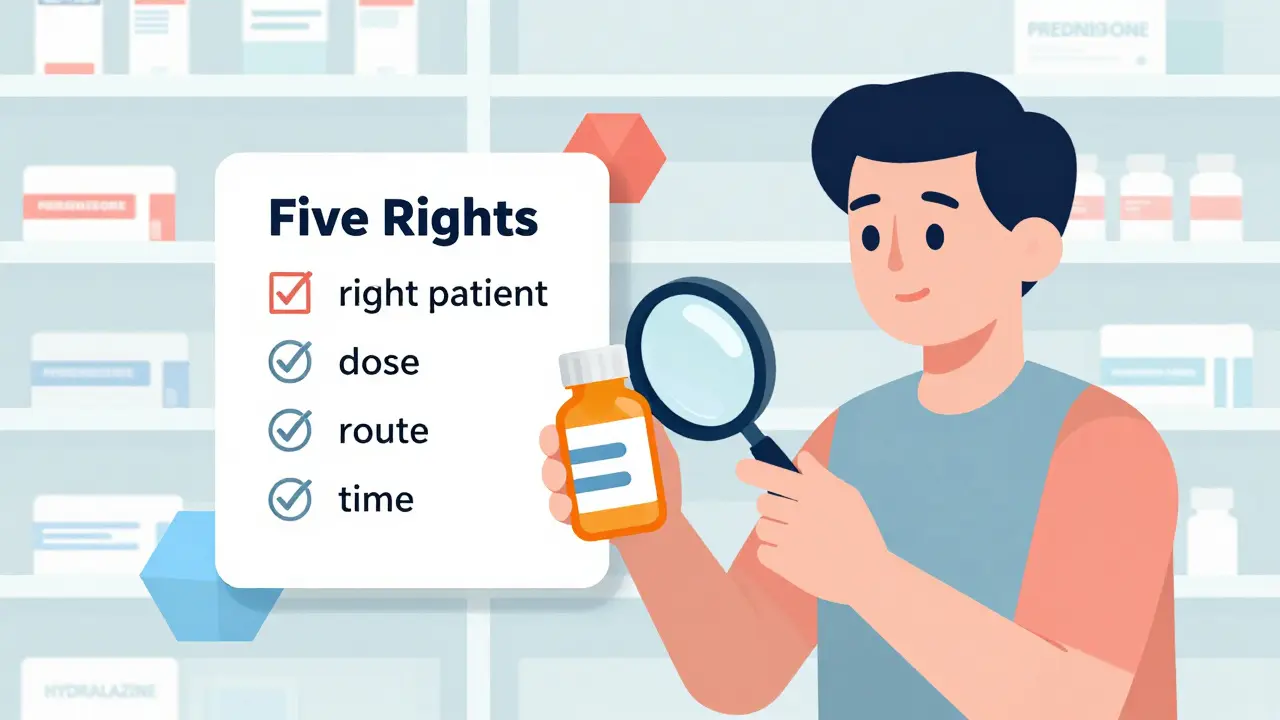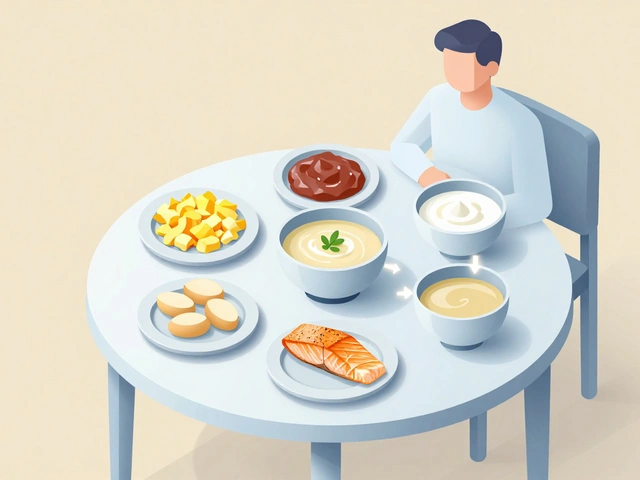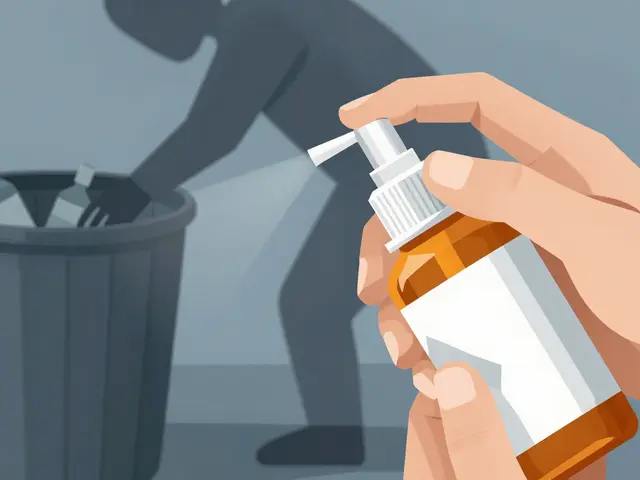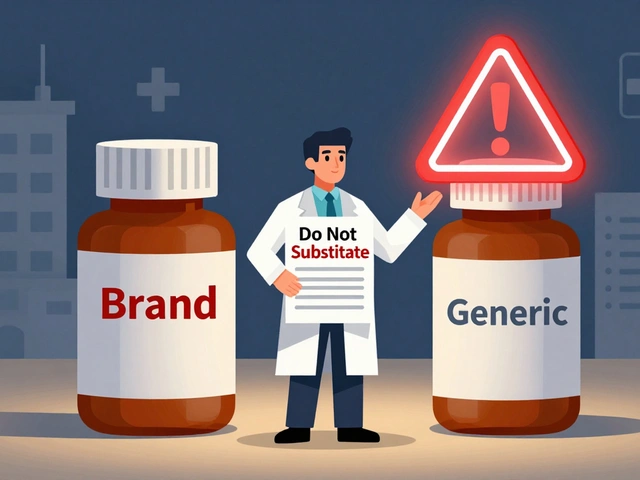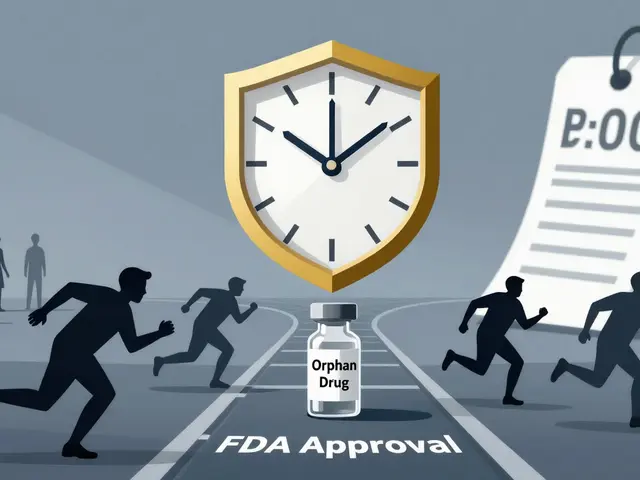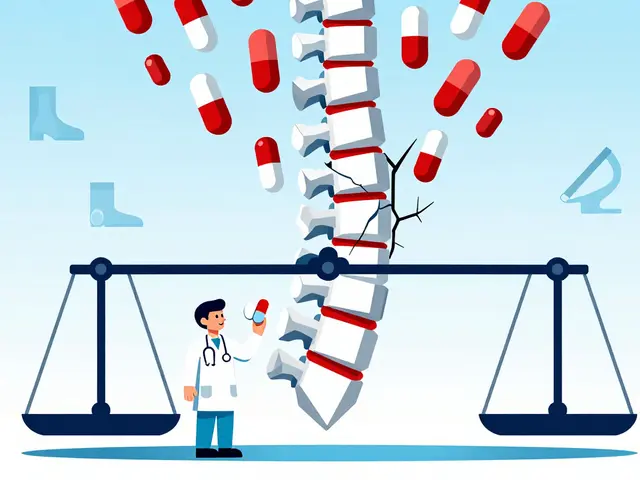Drug interactions — what they are and how to stay safe
Drug interactions happen when one medicine changes how another works. That can make a drug too strong, too weak, or produce unexpected side effects. You don’t need to memorize every interaction, but knowing the common patterns and a few examples helps you avoid real harm.
Common interaction types and clear examples
There are two main types: pharmacokinetic (one drug changes the level of another) and pharmacodynamic (two drugs change the same body process).
Pharmacokinetic examples: many drugs use liver enzymes called CYP450. Inhibitors (like erythromycin) raise levels of drugs broken down by the same enzyme — think erythromycin + simvastatin can increase the risk of muscle damage. Inducers (like efavirenz or St. John’s wort) lower levels — they can make birth control or immunosuppressants less effective.
Pharmacodynamic examples: combining two blood thinners or a blood thinner with an antibiotic that boosts its effect can increase bleeding risk. Trimethoprim/sulfamethoxazole (Bactrim) can raise warfarin’s effect and dangerously increase INR. Beta-blockers (like metoprolol/Toprol) plus certain calcium channel blockers or digoxin can slow the heart too much.
Other practical examples: levothyroxine gets pulled into a binder with calcium, iron, or some antacids, so it won’t absorb well — take levothyroxine alone in the morning and wait 3–4 hours before calcium or iron. Gabapentin’s absorption falls if you mix it with aluminum-magnesium antacids, and adding opioids or alcohol increases sedation. Cyclosporine (Neoral) interacts with many drugs and grapefruit juice — that can raise toxic levels and damage kidneys.
Simple steps you can take right now
Keep one current medication list: include prescriptions, OTCs, supplements, and herbs like St. John’s wort. Show that list to every clinician and pharmacist. Use a reliable interaction checker (Drugs.com, RxList) or ask your pharmacist directly if a new drug is starting.
Watch for red flags: unusual bleeding, severe muscle pain, very slow heartbeat, confusion, sudden drowsiness, or signs of organ trouble (yellowing skin, dark urine). If you notice them, stop the new drug and call your provider or pharmacist.
Practical habits: avoid grapefruit with many meds, space levothyroxine away from minerals, don’t mix sedatives with alcohol, and be cautious when starting or stopping antidepressants, antiepileptics, or HIV meds — those often change other drug levels.
If you buy meds online, use reputable pharmacies and keep your prescriber in the loop — that helps catch interactions early. When in doubt, ask a pharmacist. They’re trained to spot interactions and suggest safe alternatives or monitoring (like INR checks for warfarin).
Knowing a few common rules and keeping one up-to-date med list prevents most problems. You don’t have to be an expert — just check, ask, and pay attention.
Learn how to use prescription drugs safely to avoid dangerous errors, interactions, and side effects. Essential tips for patients on keeping accurate medication lists, asking the right questions, and recognizing high-risk drugs.
Continue reading...
Terazosin is handy for managing high blood pressure and enlarged prostate, but its drug interactions can be risky—and often catch people off guard. This guide exposes which drugs to avoid, what happens if you don’t, and offers down-to-earth tips to keep you safe. Expect clear examples, smart facts, zero fluff, and advice you can actually use. Learn how to spot dangerous combos, deal with side effects, and talk to your doctor like a pro.
Continue reading...

